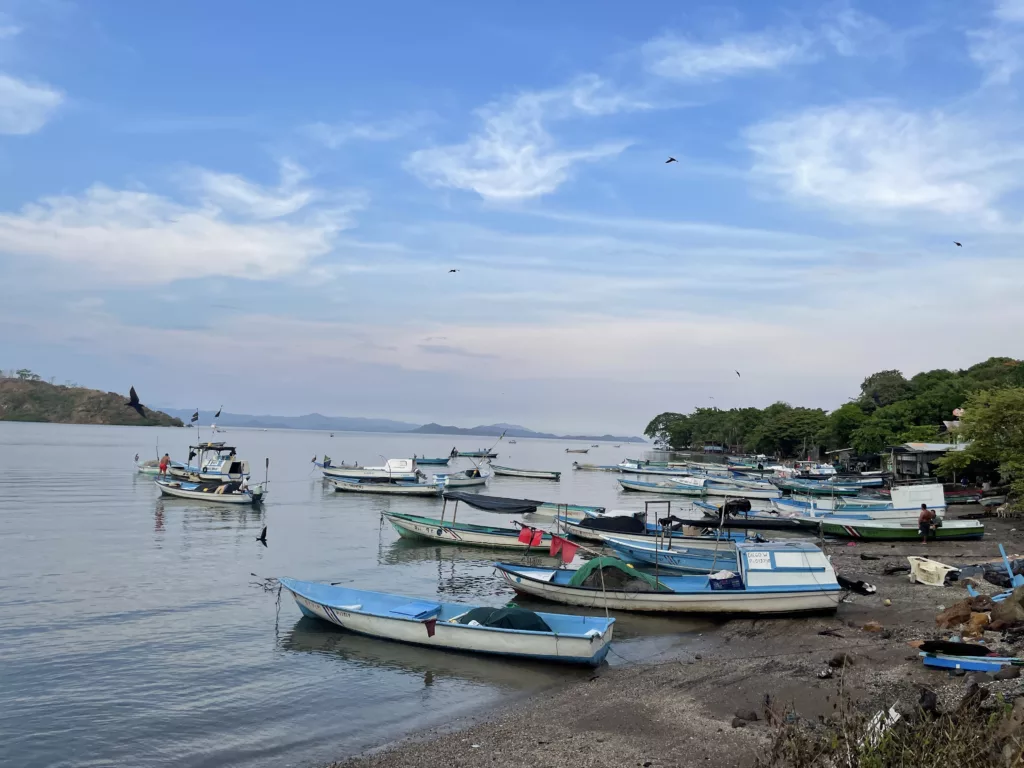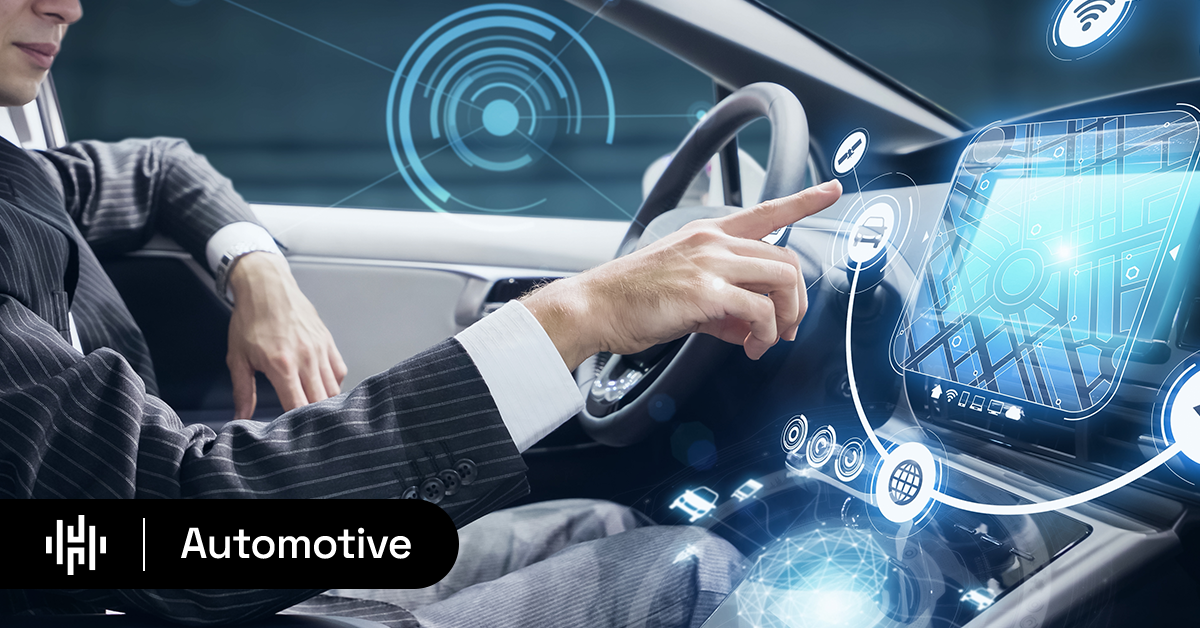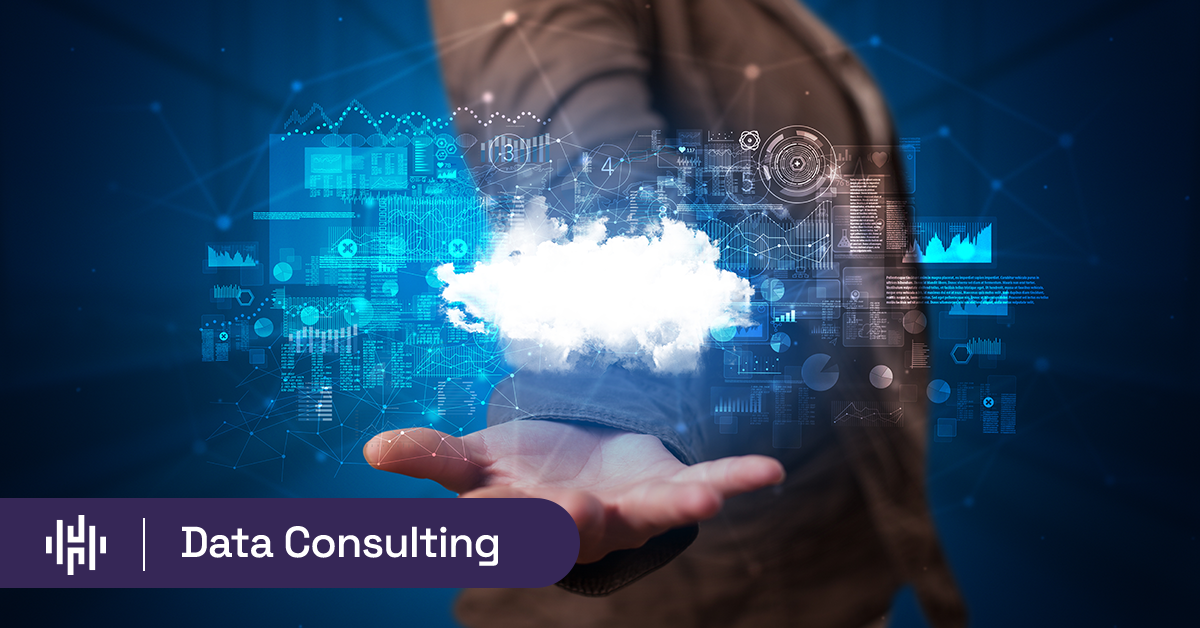For corporations, big data is all the rage. We talk about how it can help drive business decisions. How it can enable full Customer360 views in industries like Finance, Healthcare, MarTech and others. Or how it can highlight opportunities for product and business growth. But can data go beyond helping businesses market, sell, and improve their products or services? Could big data be the secret to creating social good?
The use of quantitative data, and more specifically what’s known as “big data,” has become more common in recent years for those in social sciences and charitable fields. By harnessing the capabilities of big data, decision-making can be improved in both public and private sectors, driving aid to the people and initiatives that need it most.
Machine learning and data visualization can provide a unique perspective on social and environmental issues. But how? This post explores how sustainability and data work together.
Harnessing Sustainability and Data Has Been a Slow Process
According to the American Academy of Social Work and Social Welfare, “the social sector has been slow to incorporate a continuous flow of data analytics to inform policy and practice.” There are a number of reasons for this lagging adoption. To start, many social sector initiatives require multiple sources —specifically qualitative research methods— to understand the nuances of particular situations.
Nuances are the reason social data can be messy and complicated. Social data can include a wide range of variables, such as demographic information and social interactions. And because data is often retrieved from different sources, it is difficult to standardize it. As a matter of fact, there is no unified methodology for collecting social data.
Finally, social causes have struggled implementing big data and machine learning technologies. Riddled with issues such as lack of resources, ethical concerns and complexity, the American Academy of Social Work also mentions that “the social sector will also need to tackle legal and structural barriers to data sharing, enable agencies and communities to incorporate data analytics into their work, apply innovative methods for data analytics, and develop a new generation of personnel with expertise and skills to meet the technical and methodological demands of big data.” Despite these challenges, the payoff of incorporating big data into social and environmental initiatives is well worth the effort.
Sustainability and Data Can Enable Change
As innovations in artificial intelligence, machine learning, and data evolve, we must bear in mind that new capabilities can lead to unintended outcomes. In large part, that’s positive, gesturing to new possibilities we might never have dreamed up. But it’s helpful to look at the phrase “data for good” as one with a double meaning.
Data can be leveraged to offer new solutions to grand challenges such as education, inequality and social justice. It can also be used to emphasize the importance of the responsible use of data: ensuring transparency, accountability and ethical use of techniques and processes.
Take a look at some of the exciting use cases for big data to improve the world around us.
Sustainable Fishing Challenges with MarViva
MarViva, is a sustainability non-profit that works to create a legal framework regulating human activities in the Eastern Tropical Pacific. Their goal is to empower community actors in the consolidation of value chains for artisanal fishing and rural tourism, improving the resilience of natural resources and the quality of life of coastal populations. When MarViva met with Hakkoda, they were attempting to solve a transparency problem between individuals and fishermen.
Before MarViva and Hakkoda partnered to leverage data science capabilities, there was no way for an individual to easily and accurately determine whether the fish they were purchasing had been ethically sourced and caught. The information from each catch lived with each fisher, who did not share this data with others. As a matter of fact, authorities did not have the mechanisms or strategy to collect source data due to a lack of adequate personnel at each fishing port. In order to optimize conservation efforts, the MarViva organization wanted to create a traceability system that would provide important information to empower the consumer to make environmentally friendly decisions with ease.
To kick off this project, Hakkoda met with MarViva in Costa de Pájaros, Puntarenas to discuss previous endeavors, issues they had encountered and ideas about what a truly effective traceability app should include. After coordinating and understanding the needs of the non-profit, the Hakkoda team got to work on leveraging their data science capabilities to create the MarViva platform. The Hakkoda-MarViva partnership has not only fostered the creation of a seafood traceability application using state-of-the-art data technologies like Snowflake, it also showcases how data can be used to solve complex environmental issues.

Access to Drinking Water Globally
For centuries, people have used water witching or dowsing rods to locate underground water. While this idea seems antiquated, an NPR article published in late 2017 states that “ten out of the U.K.’s 12 regional water and sewer utilities confirmed that they at least occasionally use dowsing rods, also known as divining rods or witching sticks, to locate underground water sources.” With big data and advanced analytics, we now have a digital dowsing rod on a global scale.
Through Aqueduct, a global water risk-mapping tool, everything from leaks in major water lines in large cities to drinking water quality is monitored around the globe. And the Aqueduct project makes this data freely available. For example, you can download the Aqueduct Water Stress Projections Data, which “includes indicators of change in water supply, water demand, water stress, and seasonal variability, projected for the coming decades under scenarios of climate and economic growth.”
Crop Farming, Sustainability and Data
Meeting the food demands of the world’s growing population has become difficult. On top of struggling to keep up with growing communities, the natural resources required for agriculture are being severely depleted. The collection and analysis of data on soil profiles, minerals, and properties combined with data on weather, land topography, and vegetation determine the suitability of a given region for crop farming. With access to this data, farmers can calculate and manage risks, find ways to make crop farming easier, and ultimately improve crop and agricultural sustainability.
Data also allows farmers to manage pesticide use and avoid chemical overuse in food production. Finally, farms can implement big data solutions to reduce food waste and bridge the gap between supply and demand.
Predicting the Impacts of Climate Events
Most individuals and communities know the risk of natural disasters in their geographic area, from tornadoes to wildfires to flooding. And there are several ways that individuals and communities can lower their exposure to climate risk and alleviate the physical and financial impacts of climate-related events.
In order to minimize impact, they first need to know what the risks are and to what degree their particular areas could be affected. That is where big data comes in. With climate risk data, individuals can determine their level of risk and then make decisions, such as whether to purchase additional insurance, install a sump pump in the basement and purchase temporary flood barriers, or invest in a roof with a class-A fire rating.
With climate change, risk levels constantly are evolving. For example, areas that were once considered safe from a hurricane’s reach are now being affected by high winds, flooding, and other effects of a massive storm system. Big data can make it easy to track and analyze shifting environmental hazards in real time.
Changing the World with Data
As Hakkoda CEO Erik Duffield notes, “We’re attracting the most talented data engineers in the world. We knew from the beginning that we had to wire meaningful purpose into our DNA and a passion that would attract and retain that talent.” At Hakkoda, we believe in the transformative power of data and understand its importance as a resource for social good.
In order to tackle some of the world’s biggest challenges, we combine tools such as Snowflake, along with cutting-edge machine learning models, to detect new correlations and surface new questions. Our objective is to use data to uncover innovations we didn’t believe possible.





